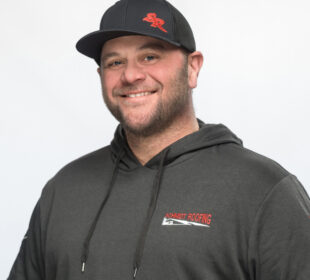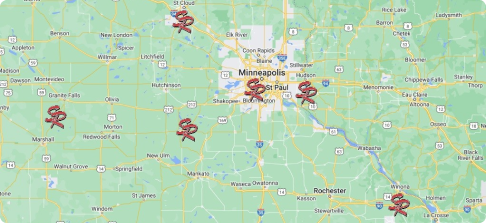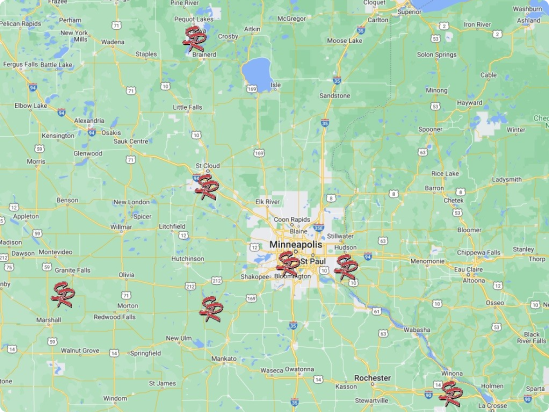Are you considering replacing your house siding and needing assistance picking which style to go with? When there are so many options available, a siding replacement project can be so much more than simply replacing your old siding. It can be a complete renovation of the outside of your home, transforming it into the home you’ve always wanted.
After you’ve chosen a siding option (see the most common siding options here), it’s time to decide the style in which that siding will be placed on your home. There are three main decisions to make: horizontal vs vertical orientation, different lap options, and shingle layout options.
Find out what you need to know about each.
Horizontal vs Vertical Siding Orientation
The orientation of your home’s siding can drastically change its look. A timeless aesthetic can be achieved by choosing a siding that is horizontally oriented. This type of siding has been used to produce a more classic appearance and can aid in emphasizing the length of the house. Since the siding planks are run parallel to the ground, this orientation is most commonly used with wood, vinyl, fiber cement, or metal siding.
The other choice is vertical siding, which may appeal to homeowners who want to give their property a more modern or contemporary appearance. Due to the siding panels’ proximity to the roofline when installed vertically compared to horizontally, the home will look bigger and taller. Additionally, vertical siding also aids in drawing attention upward, producing a structural aspect that can give a property the appearance of being more substantial. In addition, it is easier to build than horizontal siding and uses less resources.
Choosing the Right Lap Option
There are numerous types of lap choices available, each of which will impact your home’s overall appearance. Your choices can include:
Dutch Lap Design
This style gives your house a traditional, almost log cabin-like appearance. It is a kind of siding made up of bigger panels that give the impression that two panels are attached. It lies flatter than conventional lap siding, is aesthetically pleasing, and is perhaps one of the most popular choices for horizontal siding orientations. Additionally, the Dutch lap includes ridges in the siding that cast intriguing shadows and draw attention to the siding’s distinctive features.
Traditional Lap Siding and Beaded Seam
Traditional lap siding is a common choice for horizontal orientations. It is generally made from boards that are 6 inches or less in width, and the boards are overlapped by nailing the underside of one board underneath the bottom of the one placed on top of it.
Traditional lap siding is reimagined in beaded seam siding, which has a V-shaped lip on the underside of each panel that coils under the panel to produce a contrast shadow appearance. Siding with beaded seams may help make the design more interesting and draw attention to the outside of your house. Beaded seam siding may produce a complex pattern down the side of your home and further customize the appearance.
Board and Batten
Available on vertical siding orientations, board, and batten siding uses two different sizes of boards that are laid out in a pattern. This gives any home a Victorian Gothic look. This type of siding layout can be used with wood, aluminum, vinyl, or composite siding.
Shake Style Siding
Shakes are a type of siding shingle that is spilled from a wood block a low-maintenance composite material like vinyl, fiber cement, etc. This type of siding is ideal for homeowners looking for a more rustic or traditional look on their home. This type of siding is usually installed horizontally, with the individual shakes overlapping each other to create a layered effect on the side of the home.
Log Lap Siding
Log lap siding has a straight edge comparable to regular lap siding but is constructed of wood and has a rounded appearance. If you want to give your home a cabin-like appearance, log lap siding is ideal since it may give it a more traditional and rustic vibe. It’s available on horizontal wood siding.


